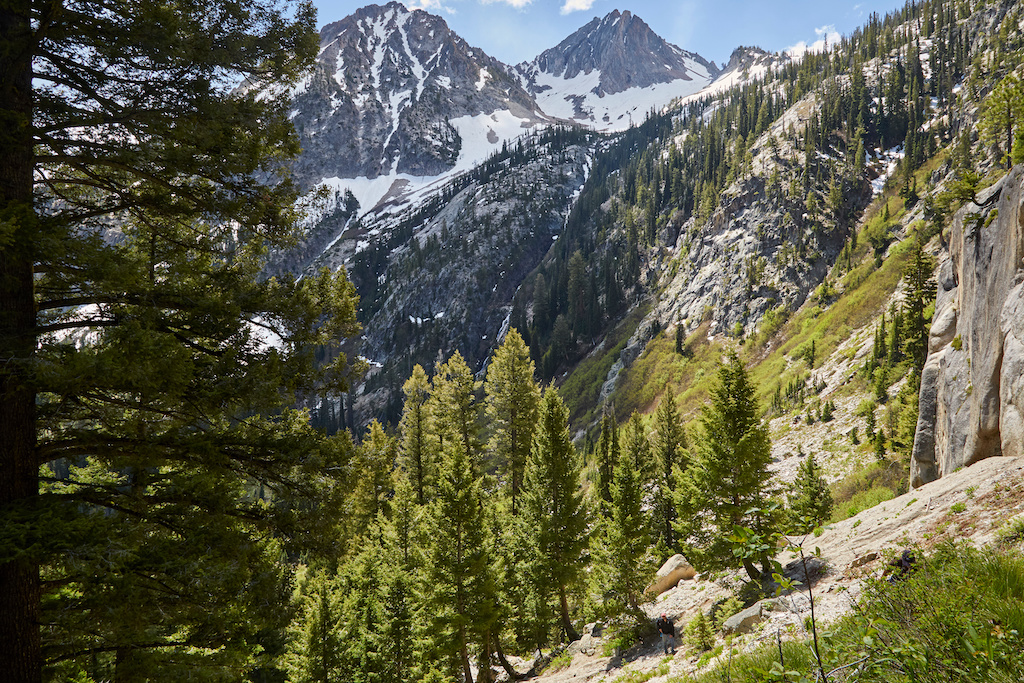When we take in the grandness of the Sawtooth Mountains, we don’t really consider what went into their formation. While it might be obvious that something quite extraordinary took place, Geologists have plenty of explanations to offer up as to how millions of years ago those majestic peaks came to be.
In central and northern Idaho, the topography we see today is a result of both continental ice sheets and mountain glaciers. These formations occurred between 2.5 million and 100,000 years ago. The most recent activity being in those- last 100,000.
The Pleistocene Ice Age
This age is evident in mountain elevations of 5,000 feet. As the continental ice sheet moved from the Canadian ice fields, it is estimated it reached no further than the north end of Coeur d’Alene Lake. Climate changes took hold and may have caused it to recede and move north. It would expand and retreat into northern Idaho repeatedly.
It’s thought its thickness (in varying locations at maximum glaciation) ranged from 2,000 to 4,500 feet. It would contribute to the scratched, grooved, and polished surfaces on much of the bedrock in northern Idaho.
The Great Ice Age
This began around 1 million years ago and marked the beginning of a long period of colder climate. This is where Idaho mountain glaciers formed in all the high-country areas. The glaciers were so massive and extensive they covered almost one-third of the present land surface. The last of the largest ice sheets no longer covered the northern United States roughly 200,000 years ago. The ice would go through stages of expansion and then finally retreat into Canada, disappearing around 6,000 years ago.
Alpine Glaciation
This occurred from 7,000 – to 25,000 years ago. The last stage was around 4,000 years ago. Glaciers during this period only existed in the highest mountains surrounded by forested terrain.
Formations
A glacial cirque is a steep-sided, rounded, bowl-shaped feature carved into a mountain at the head of a glacial valley. The Sawtooth Mountains of Idaho are a perfect example of features carved from glacial erosion; u-shaped valleys, cirques, horns, and aretes (sharp ridges) are just some of the awe-inspiring formations unique to this Idaho landscape. Redfish Lake is a glacial lake. It occupies a u-shaped glacially-carved valley with water contained on the side by lateral moraines (sharp-crested piles of rock and debris deposited as the ice melted). Hundreds of lakes in the Sawtooth Wilderness were formed as glaciers eroded the Earth as they moved across the surface.
The ice reveals a masterpiece
After millions of years of shifting glaciers and ice sheets, freezing and melting, – it explains the transformation of the rugged and beautiful Sawtooth Mountains left behind for us to enjoy. Like many of the incredible peaks throughout the state of Idaho, glaciers were their great creators.
For a more in-depth explanation of the glacier periods that occurred in this area, please visit Digital Geology of Idaho – Pleistocene Glaciation.




